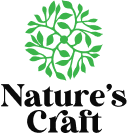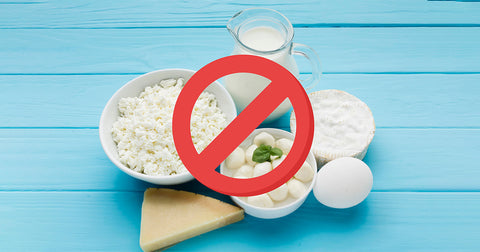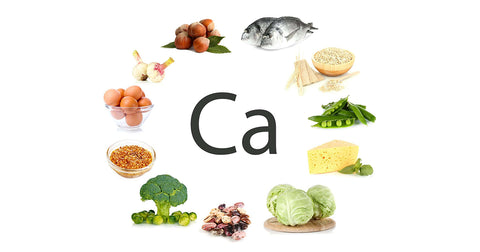Adopting a dairy-free diet can significantly improve comfort and health for those with dairy intolerance or lactose intolerance. This comprehensive guide will cover the essentials of embarking on a dairy-free lifestyle, including the benefits, potential challenges, and ways to maintain a nutritionally balanced diet.
Understanding Dairy Intolerance: Dairy intolerance primarily refers to lactose intolerance, where the body lacks the enzyme lactase needed to digest lactose, the sugar found in milk. Symptoms may include bloating, gas, diarrhea, and abdominal pain. Dairy allergy, which involves an immune response to dairy proteins, is more severe and can cause rashes, swelling, and even anaphylaxis.
Benefits of a Dairy-Free Diet: For those intolerant to dairy, removing it from the diet can lead to significant improvements in digestive health and overall well-being. Additionally, many people report clearer skin, reduced inflammation, and improved respiratory health.
Challenges and How to Overcome Them: One of the main challenges of a dairy-free diet is ensuring adequate intake of certain nutrients typically abundant in dairy products, such as calcium, vitamin D, and protein. Here’s how to overcome these challenges:
- Calcium: Incorporate non-dairy sources of calcium such as fortified plant-based milks, leafy greens, almonds, and tofu.
- Vitamin D: Seek out fortified foods or consider a vitamin D supplement, especially during the winter months.
-
Protein: Include a variety of plant-based protein sources such as legumes, nuts, seeds, and whole grains in your diet.
Shopping and Eating Out:
- Reading Labels: Learn to identify terms like whey, casein, and lactose, which indicate dairy content.
- Dairy Substitutes: Experiment with almond, soy, oat, and coconut milks, along with dairy-free yogurts and cheeses.
- Eating Out: Choose restaurants with vegan options or those known for accommodating dairy-free diets, and always communicate your dietary restrictions clearly.



